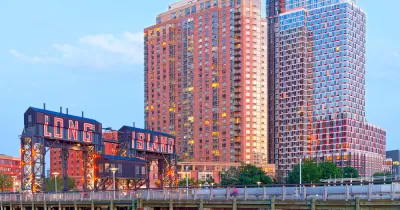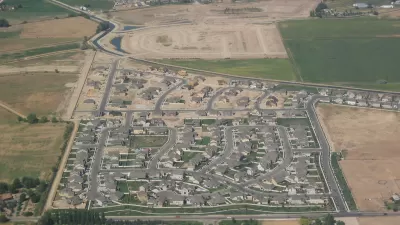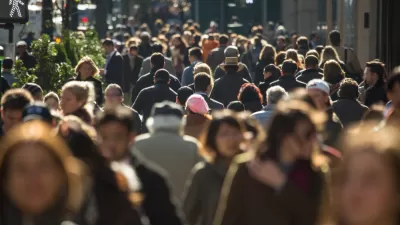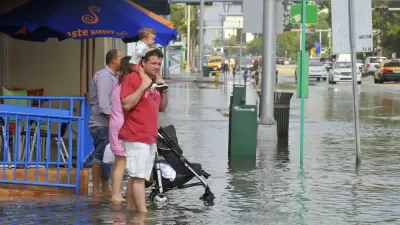Asians were the only major racial group in increase in population in all five boroughs of New York City since 2010. Long Island City in Queens saw a fivefold increase of Asian residents.

Nicole Hong reports on the booming population of Asian Americans in New York City—particularly in the neighborhood of Long Island City.
"Asian residents were the driving force behind an unexpected 7.7 percent increase in New York City’s overall population since 2010, according to Census Bureau data released in August, upending predictions by demographers that the city’s population was shrinking," writes Hong.
"The census data also showed that among New York City neighborhoods, Long Island City experienced the fastest growth in residents who identified as Asian, a fivefold increase since 2010," adds Hong. "The nearly 11,000 Asians who live in the neighborhood make up about 34 percent of its population."
While this story focuses on New York and Long Island City, people identifying as Asian are also moving to cities and metropolitan areas as disparate as Los Angeles and Houston as well as states like North Dakota and Indiana, according to the article.
At the neighborhood level, the influx of Asian Americans has had an obvious impact in New York City, with the potential to reshape numerous facts of life in the nation's largest city—from the housing market to the small business economy to political representation.
The signs of the demographic influx are obvious in Long Island City, explains Hong. "Local businesses are racing to meet the demands of the changing demographics. Along Jackson Avenue, a main commercial corridor, signs on vacant storefronts advertise new businesses opening soon: Dun Huang, a hand-pulled Chinese noodle chain; Paris Baguette, a Korean bakery chain; and Mito, a sushi lounge."
FULL STORY: Inside the N.Y.C. Neighborhood With the Fastest Growing Asian Population

Study: Maui’s Plan to Convert Vacation Rentals to Long-Term Housing Could Cause Nearly $1 Billion Economic Loss
The plan would reduce visitor accommodation by 25,% resulting in 1,900 jobs lost.

North Texas Transit Leaders Tout Benefits of TOD for Growing Region
At a summit focused on transit-oriented development, policymakers discussed how North Texas’ expanded light rail system can serve as a tool for economic growth.

Using Old Oil and Gas Wells for Green Energy Storage
Penn State researchers have found that repurposing abandoned oil and gas wells for geothermal-assisted compressed-air energy storage can boost efficiency, reduce environmental risks, and support clean energy and job transitions.

Santa Barbara Could Build Housing on County Land
County supervisors moved forward a proposal to build workforce housing on two county-owned parcels.

San Mateo Formally Opposes Freeway Project
The city council will send a letter to Caltrans urging the agency to reconsider a plan to expand the 101 through the city of San Mateo.

A Bronx Community Fights to Have its Voice Heard
After organizing and giving input for decades, the community around the Kingsbridge Armory might actually see it redeveloped — and they want to continue to have a say in how it goes.
Urban Design for Planners 1: Software Tools
This six-course series explores essential urban design concepts using open source software and equips planners with the tools they need to participate fully in the urban design process.
Planning for Universal Design
Learn the tools for implementing Universal Design in planning regulations.
Ascent Environmental
Borough of Carlisle
Institute for Housing and Urban Development Studies (IHS)
City of Grandview
Harvard GSD Executive Education
Toledo-Lucas County Plan Commissions
Salt Lake City
NYU Wagner Graduate School of Public Service





























